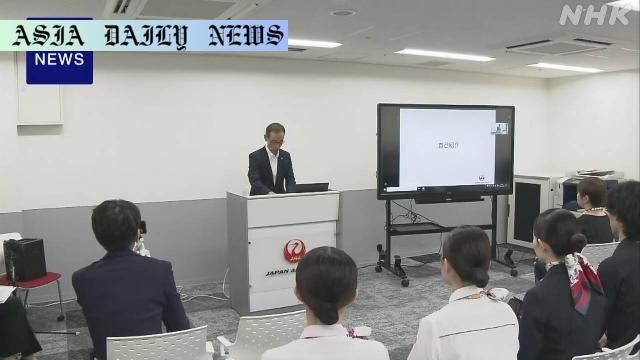JAL plane crash: A powerful testimony by a veteran employee on embracing responsibility and improving airline safety.
Key Point 1: Japan Airlines suffered its deadliest accident in 1985 with 520 casualties.
Key Point 2: A veteran employee reflects on the tragedy ahead of its 40th anniversary.
Key Point 3: Lessons in safety and responsibility continue to be crucial for young airline workers.

Remembering the Deadliest Accident in Japan Airlines’ History
The tragic crash of the Japan Airlines jumbo jet on August 12, 1985, marked a dark day in aviation history. As the aircraft journeyed from Tokyo to Osaka, it met its end in the Osutaka Ridge in Gunma Prefecture. The incident, which took 520 lives, remains one of the deadliest single-aircraft disasters in the world. For the employees of Japan Airlines (JAL), this tragedy was not just a catastrophic event but a somber lesson that continues to influence operations and protocols, even four decades later.
In preparation for the event’s 40th anniversary, Miura Takehiko—a veteran employee who was in his early days at JAL during the crash—shared his experiences with younger staff. Miura, now 64, recalled the emotionally charged responsibility of aiding bereaved families and returning the victims’ remains to their loved ones. These moments left an indelible scar on his memory, prompting a long and painful period of introspection.
The Emotional Journey Toward Acceptance and Responsibility
For many years, Miura tried to distance himself emotionally from the calamity. The grief and regret were overwhelming, leading him to initially shut out thoughts of the disaster. However, as time passed, he found solace and courage in revisiting the crash site to console the spirits of the victims and in visiting facilities preserving their belongings. These actions propelled him toward a renewed sense of purpose—one rooted in ensuring such tragedies are never repeated.
Miura emphasized the importance of confronting the past, not as a means of self-punishment, but as a way to contribute to a safer future for everyone traveling by air. His message resonates deeply, especially with younger professionals entering the airline industry. Understanding history, particularly its hardest lessons, becomes a path to growth and responsibility.
Passing the Torch of Safety and Duty
The diminishing firsthand knowledge of events such as the 1985 crash poses a significant challenge for organizations like JAL. As seasoned employees retire, decades of experience and wisdom risk being lost. This highlights the necessity of formal programs to document and pass down lessons from industry veterans. Many young professionals today may not grasp the gravity of airline safety challenges or the commitment required to maintain high standards. By sharing his narrative, Miura not only honors the memory of those lost but also instills in new staff the core values of accountability and vigilance.
Miura’s efforts exemplify the enduring relevance of safety education and preparedness, especially in industries where consequences for errors can be so devastating. The 1985 crash serves as a solemn reminder that operational integrity and comprehensive safety culture should be the foundation of every airline’s philosophy.
In reflecting on Miura’s heartfelt sharing, it becomes apparent that the experience of the 1985 JAL tragedy carries universal lessons. It reminds us all to approach our responsibilities—be it in aviation or beyond—with utmost seriousness and empathy for those impacted by our actions.
Commentary
The Long Shadow of Aviation Tragedies
The challenges of addressing past tragedies in aviation extend beyond mere compliance with safety regulations. Incidents like the 1985 JAL crash compel us to examine not only technological and procedural improvements but also the human aspects of resilience and responsibility. Miura’s reflections serve as a poignant reminder of those elements, underscoring the necessity of fostering an emotionally aware and safety-driven aviation culture.
Finding Purpose Through Reflection
What stands out most about Miura’s account is the depth of personal growth achieved through embracing difficult memories. Instead of succumbing to despair, he sought meaning by honoring the victims and vowing to improve safety for future generations. His journey of transitioning from denial to action speaks volumes about the endurance of the human spirit and its capacity to turn pain into progress.
The Importance of Intergenerational Wisdom in Aviation
In industries such as aviation, where mistakes can have catastrophic outcomes, knowledge transmission between generations is crucial. Miura’s decision to share firsthand experiences with younger staff epitomizes how personal narratives can resonate more deeply than any manual or procedural document. These stories carry an authenticity and emotional weight that inspires greater commitment and vigilance from those who hear them.
The 1985 JAL crash may have occurred decades ago, but its lessons remain painfully relevant. By continuously reflecting on such tragedies and ensuring their stories are shared, companies like Japan Airlines can reinforce a legacy of responsibility, empathy, and a relentless quest for safety improvement.


